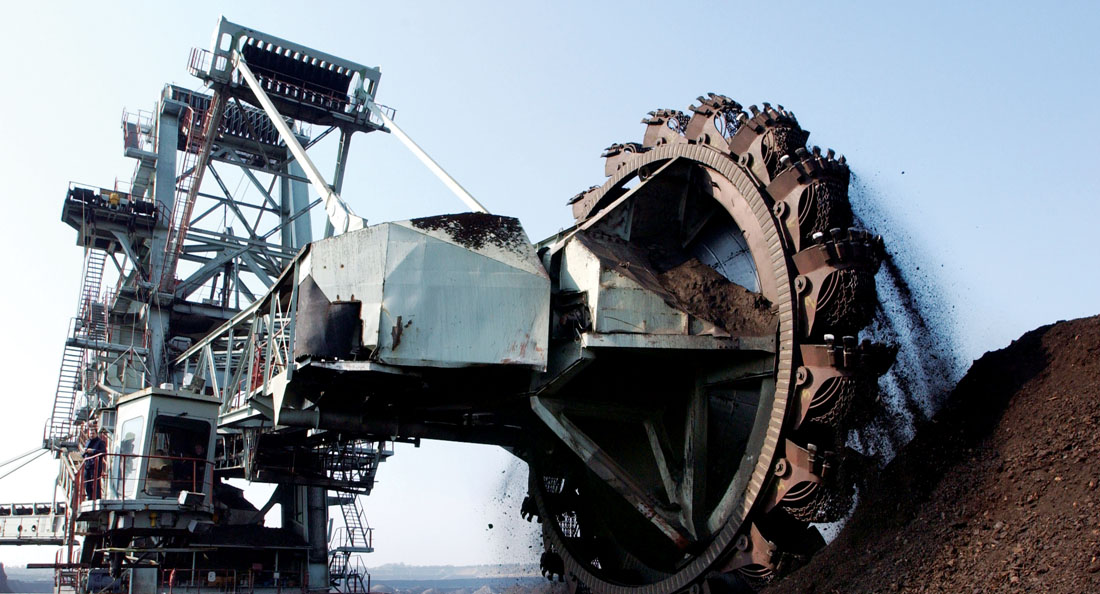
24 Oct Condition monitoring in mining maintenance: Scalable, customisable solutions
The first signs of impending breakdown in machinery typically include tiny changes in vibration that warn of excessive wear in the bearings upon which efficient functioning depends.
Left unheeded – because they are notoriously hard to detect – these subtle rumbles lead to energy wastage, under-performance and costly inefficiency as slow-motion failure sets in.
Ultimately, if still undetected, the deterioration progresses to full-scale breakdown, with downtime, lost production and often hazardous removal and replacement of the offending parts deep in the heart of vital process machinery.
The best cure is prevention, of course – and that is where condition monitoring, one of the services offered by CBC engineered solutions comes into play. On this topic, CBC Engineering Manager Anthony O’Keefe makes an interesting analogy about human health and machine health.
“When a human reaches 60 years old they don’t go to the surgeon and have their heart replaced. That’s not how we work as humans and it’s not how machines should work either,” O’Keefe said. “With condition monitoring in place, we can determine what maintenance practices need to be carried out and that in turn saves customers a lot of money as maintenance is only performed when required, not just because it’s part of a periodical change out.”
Condition monitoring is defined quite literally in its name. It’s the monitoring of machines while they are still running – a check on their condition or health. There are several different methods of condition monitoring, but these can be broken down into two main categories: offline and online collection of data, which are followed by analysis and recommended actions.
As we approach Industry 4.0, many businesses are adopting ‘real-time’ maintenance strategies as a bridging point to predictive maintenance and automation. However, Anthony pointed out that it was important to recognise that condition monitoring is just a part of an overall service offering to customers and is completely scalable and customised depending on the customer’s particular needs.
“Choosing what type of condition monitoring system depends on the needs of the client and how critical certain equipment is to their operations,” says Anthony.
“At CBC, we will sit down with a customer to find out what their specific needs are and then recommend a certain system and ancillary products. Once we determine the criticality of the machines in a production process, we will recommend a system that will work best for them,” Anthony says.
In cases where there is a critical need for live and continuous condition monitoring, they would recommend an online system. For example, if a production assembly line was reliant on all components functioning properly and if one of those components failed it would cost thousands of dollars per minute in downtime, an online system would be essential. In this kind of scenario, Anthony would discuss options for data collection and online condition monitoring services with the client.
These condition monitoring services can also be coupled with automated diagnostics. In addition to identifying the threat of bearing damage, wear, and irregularities such as imbalance and misalignments based on vibration pattern changes, these systems often connect to the cloud. In some cases, they can be used to create an automated diagnosis from the raw data supplied by online monitoring devices and the machine control system.
“Thanks to condition monitoring, we only need to maintain the machine based on its actual condition,” explains Anthony. “The other way it saves money and is highly beneficial is that engineers can schedule their maintenance at a convenient time – one that doesn’t interfere with production time. Rather than the machine reaching a point where it will break down, maintenance can be scheduled when the machine shows signs that it needs a service.”
Besides the cost savings, there is also safety benefits to having a condition monitoring system in place. It saves engineers and maintenance staff having to go out to a site that is potentially hazardous to fix a machine and it can also prevent problems on a machine itself when components start to fail and fall apart.
“In industry today, condition monitoring is really important as it keeps an operation running effectively. At CBC, our customers are everything. With support from our suppliers, we provide a service that focuses on the health of their equipment and ensures that maintenance is performed at the most optimal time.”

